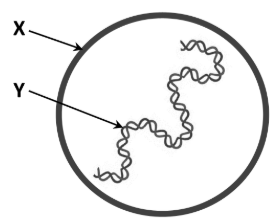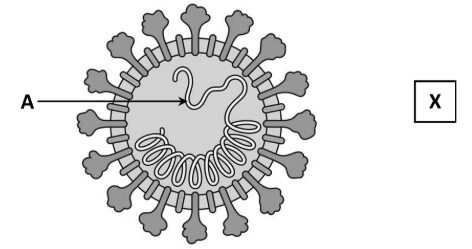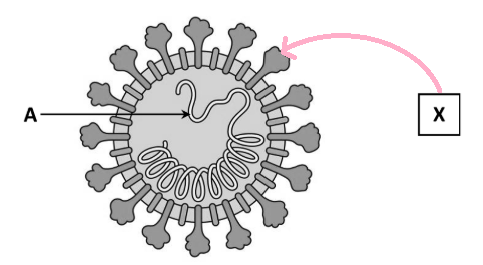38 - Viruses
1/18
Earn XP
Description and Tags
To be accompanied with past exam questions
Name | Mastery | Learn | Test | Matching | Spaced |
|---|
No study sessions yet.
19 Terms
Explain the difficulty in describing viruses as living organisms
Non-cellular or no metabolism
Name the two biochemical components that make up all viruses
Protein
Nucleic acid (or DNA or RNA)
Describe the process of viral replication
Virus attaches or DNA enters / DNA replication and protein synthesis / using host cell organelles / viruses assembled / viruses released
Give two examples of a harmful virus
Common cold virus or coronavirus or HIV or hepatitis virus
Give one way in which viruses can be beneficial
Can be used in genetic engineering or vaccine production
Give a brief biological explanation for the following:
Doctors do not prescribe antibiotics for viral infections
Antibiotics do not affect viruses or antibiotics only kill bacteria
Distinguish between the terms asepsis and sterility, as applied to living organisms
Asepsis: Free from pathogens
Sterility: Free from microorganisms

The diagram shows a typical spherical-shaped virus.
Name the structures B and Y
X: protein coat
Y: nucleic acid
Explain the term obligate parasite
Needs a host cell //
to reproduce

Antigens are present in viruses. On the diagram, draw an arrow from ‘X’ to accurately show the location of an antigen

Explain in detail the term vaccination
What it is: Administration of a non-disease causing dose of a pathogen
What it does: Stimulates production of antibodies or stimulates active immunity or stimulates memory cells
True or False:
A virus particle contains both DNA and RNA
False
Viruses can be classified based on their shape.
Name any two shapes of viruses
Round / rod / complex
Immunity is the ability to resist infection. Name two types of induced immunity
Active
Passive
Why type of immunity occurs after vaccination?
Active
Give one difference between active and passive immunity
Active is longer lasting than passive
or active the body makes antibodies and passive the body receives antibodies
Name one virus that causes disease in plants
Mosaic (virus)
How do scientists distinguish between different viruses?
Shape of coat or type of nucleic acid or antibody reaction or size or host species or structure
Viruses are difficult to classify into a kingdom. Why is this so?
Non cellular or no cell organelles